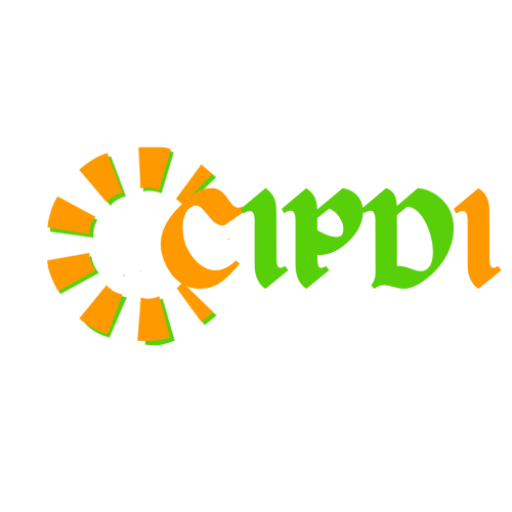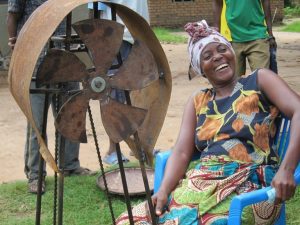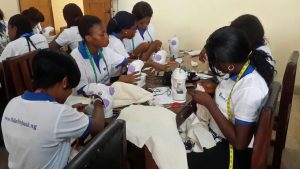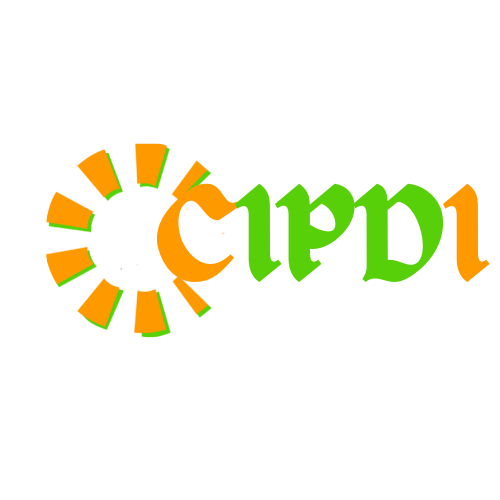Today, there are 1.8 billion people between the ages of 10-24—they are the largest generation of youth in history. Close to 90 per cent of them live in developing countries, where they make up a large proportion of the population. Their numbers are expected to grow—between 2015 and 2030 alone, about 1.9 billion young people are projected to turn 15 years old. Connected to each other like never before, young people want to and already contribute to the resilience of their communities, proposing innovative solutions, driving social progress and inspiring political change . They are also agents of change, mobilizing to advance the Sustainable Development Goals to improve the lives of people and the health of the planet.
Provided with the necessary skills and opportunities needed to reach their potential, young people can be a driving force for supporting development and contributing to peace and security. Youth-led organizations need to be encouraged and empowered to participate in translating the 2030 Agenda into local, national and regional policy. They play a significant role in the implementation, monitoring and review of the Agenda as well as in holding governments accountable. With political commitment and adequate resources, young people have the potential to make the most effective transformation of the world into a better place for all.
Roles for youth and the SDGs
- Critical thinkers: Part of being young involves making sense of personal experiences and asking questions about the world around you. Youth have the capacity to identify and challenge existing power structures and barriers to change, and to expose contradictions and biases
- Change-makers: Young people also have the power to act and mobilize others. Youth activism is on the rise the world over, bolstered by broader connectivity and access to social media.
- Innovators: In addition to bringing fresh perspectives, young people often have direct knowledge of and insights into issues that are not accessible to adults. Youth best understand the problems they face and can offer new ideas and alternative solutions.
- Communicators: Outside the international development sector, few people are aware that world leaders have come to a historic, far-reaching agreement to improve the lives of people and the planet by 2030. Young people can be partners in communicating the development agenda to their peers and communities at the local level, as well as across countries and regions.
- Leaders: When young people are empowered with the knowledge of their rights and equipped with leadership skills, they can drive change in their communities and countries. Youth-led organizations and networks, in particular, should be supported and strengthened, because they contribute to the development of civic leadership skills among young people, especially marginalized youth.






